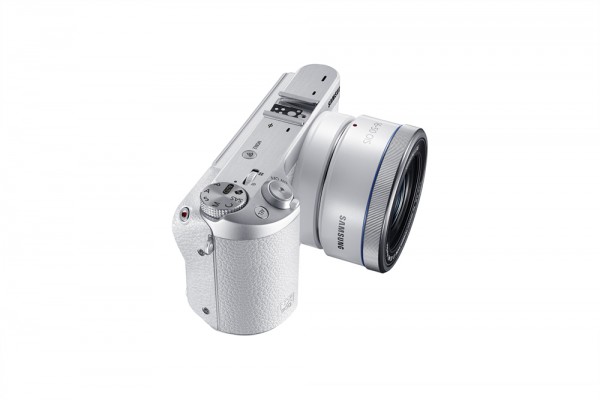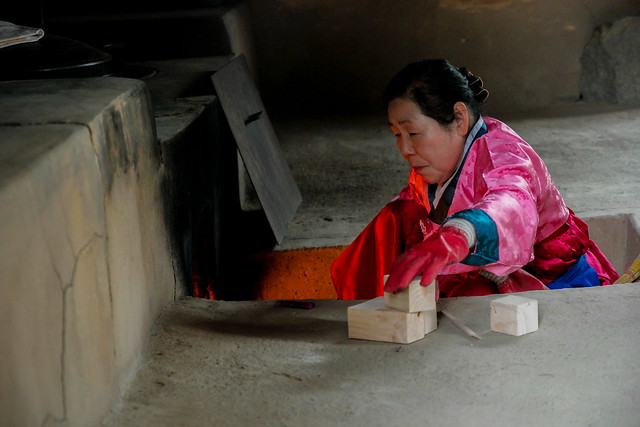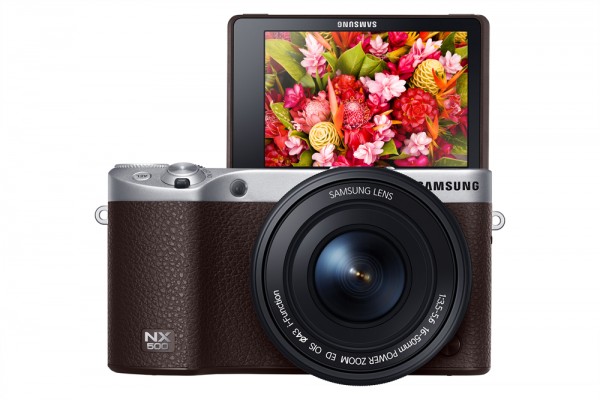Samsung seems to have hit pay dirt with their latest slew of mirrorless cameras, from the compact NX mini to the professional NX1 from last year. Now, it has improved things with the NX500 as well.
If you were impressed by the NX1’s technological prowess but still felt that it is a bit too big and heavy, then the NX500 is certainly something you’d like, thanks to its more demure size.
The Samsung NX500 houses the same Back Side Illuminated (BSI) 28.2-megapixel sensor, hybrid focusing system of the NX1 and ISO range of 100-25600 (expandable to 51200) as the NX1.
What’s new is an updated image processor, called DRIMeV. Shot with the NX500, pictures seem to be a wee bit better than the NX1, especially when it comes to noise control at ISO3200.

What’s missing from the NX500 is the NX1’s excellent viewfinder – the new shooter has a slower maximum shutter speed of 1/6000 seconds.
To be fair, I don’t really see the need for a very fast shutter speed here, given that the NX500 would likely be a travel camera. Sports and nature photography would not be the top priorities.
Ergonomics-wise, the deeper grip does help as the camera is not tall enough to accommodate all my fingers for a firmer hold of the camera.
It’s also nice to have a number of buttons, which can be customised by the user. I have managed to customise the NX500 to emulate how I would control my DSLR, which is a huge bonus in terms of usability.
However, the placement of the buttons, such as the video record button, needs a bit of rethinking. It is next to the mode dial which can’t be accessed while taking pictures and using the camera with one hand.

I would love to have a viewfinder akin to Fujifilm’s XE-2. That would be useful when adopting a more stable platform while shooting at night without any tripod or when the scorching sun makes it more difficult to frame using the rear screen.
Speaking of rear screen, the NX500 does let you flip it up, so doing a wefie shot with friends is so much easier. There is also a “jump” shot function under the Samsung Auto Shot (SAS) mode so you can capture those jumping-in-the-air shots.
If you are also capturing video, the NX500 has the same ability to capture and save 4K resolution videos as the NX1 in the newer High Efficiency Video Coding (HEVC) or H.265 codec.
That helps to “future proof” your holiday videos by shooting in the new format. If you are really into video editing, the workflow must include a conversion from H.265 codec to the more ubiquitous H.264 codec before any editing can be done in your favourite video editor.
It is still early days yet for the new video codec but support for it will definitely improve in the coming months.

The NX500 has a kit lens that features a 16-50mm 1:3.5-5.6 power zoom. The reason behind the power zoom is that the camera is able to zoom remotely via a Samsung smartphone app. I would very much prefer to have a non-power zoom lens though, as it gives me more precise control and speedier zooming while shooting.








For users who like the simplicity that the NX1 provides when it comes to time lapse recording, the NX500 offers that as well. Not all users of the NX500 will find time lapse interesting, but it’s still a useful feature for advanced users who want to try their hand at it.
If you have been taken notice of the Samsung NX1 and find that the price too rich and the size too big, the smaller and yet equally capable NX500 should meet those needs pretty well.
For folks who are been eyeing Samsung’s NX mirrorless cameras, the NX500 provides a good balance in its usability and features. It will appeal to both the beginner and advanced photographer.
For travel photography, the NX500 seems to have all the bells and whistles packed in to make it the go-to camera for your next trip. Costing S$1,159 with with its power zoom lens, it is definitely a steal, considering that the NX1 is going for more than twice that price with a lens.







